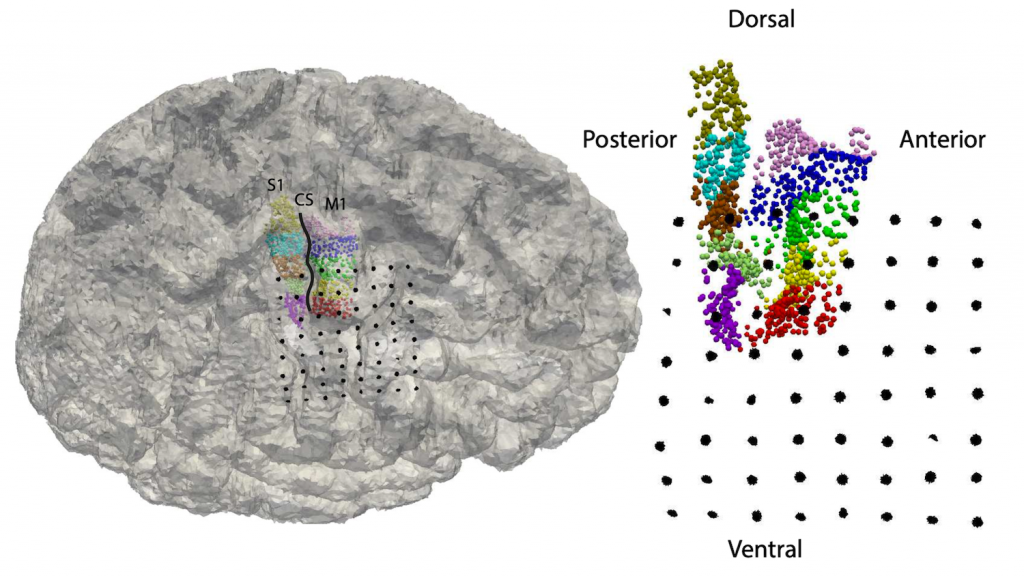In applications like epilepsy and brain-computer interface (BCI), electrocorticography (ECoG) electrode grids are often implanted in patients to detect normal and abnormal brain activity. Even though ECoG has an outstanding signal-to-noise ratio, compared to scalp electroencephalography (EEG), its sensitivity is still not well suited to identify high-frequency oscillations in epilepsy, or to decode of single finger movement in BCI systems implanted in locked-in patients. Higher-resolution ECoG grids have become available and have been approved for use in humans. Applications in human BCI have been one of the driving forces behind this development. For clinical application in epilepsy, however, steps still have to be taken. For both applications, there is the need for assessing the sensitivity of current or newly-designed ECoG grids, whether the sensitivity could be improved, and how to eventually optimize the grid. These investigations can be conducted numerically, with adequate and adapted volume conduction models.
The purpose of the project Into the Brain is to make the newly developed software tool FEMfuns, which is able to assess ECoG sensitivity in the aforementioned applications, readily available to the neuroscience community. FEMfuns (https://github.com/meronvermaas/FEMfuns) is an open-source software package that allows for the inclusion of complex properties of electrodes and tissues in models of the human head. Commonly, in such models, electrodes are considered to record the potential in just a point, assuming that a more realistic shape and electric properties do not influence the surrounding electric field. Moreover, the head tissue is considered purely resistive. These assumptions are not valid in ECoG simulations, where electrodes are placed on the cortex. In Into the Brain, we will make FEMfuns available from FieldTrip, a MATLAB toolbox for magnetoencephalography (MEG), EEG, intracranial EEG (iEEG), and near-infrared spectroscopy (NIRS) analysis, that is developed and maintained at the Donders Institute in Nijmegen (http://www.fieldtriptoolbox.org), with over 3000 users worldwide. The complementary features of FEMfuns and FieldTrip will allow a wide neuroscientific audience to perform ECoG simulation studies for their own particular applications.

Left: model of brain and subdural electrode grid. Right: locations of neuronal source regions within the sensory and motor cortex relative to the grid. The different color correspond to different fingers.
This grid is currently used in a locked-in patient, who can communicate by means of imagined index finger-thumb pinching, that is picked up by the grid. An optimised grid will make it possible to distinguish different imagined hand movements.
We plan to organize FEMfuns-FieldTrip webinars, workshops at the host university/centers (i.e., Donders Institute, Utrecht Medical Center), and to promote the software in international conferences in the form of, for example, educational courses.
Meron Vermaas MSc1, dr. Maria Carla Piastra1,2, dr. Geertjan Huiskamp3, Prof. dr. Nick Ramsey3,4, dr. Thom Oostendorp1
1Donders Institute for Brain, Cognition and Behavour
Radboud University NIjmegen
2Clinical Neurophysiology
University of Twente, Enschede
3Clinical Neurophysiology and 4Neurology and Neurosurgery
Utrecht Medical Center
Contact: Thom Oostendorp, t.oostendorp<at>donders.ru.nl